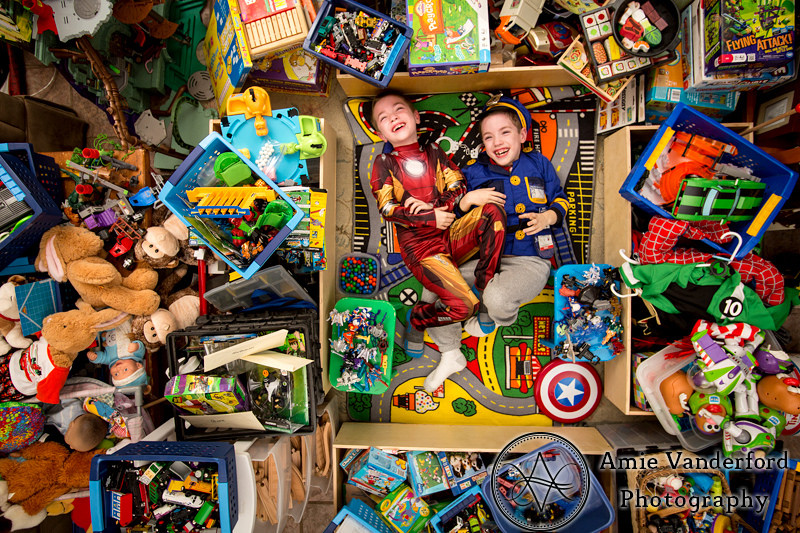Children’s understanding of gender begins as toddlers, and by age four, they have a firm grasp of being either a boy or a girl. And retailers typically start to sort merchandise into separate aisles—one for boys, and one for girls—for kids this age, not only for toys, but also in departments such as entertainment and room décor. Until now. Target recently announced that it will make its children’s aisles more gender-neutral, going so far as to remove the pink and blue backgrounds from its shelves. And while Target is the first US retailer to break the mold, we don’t expect it will be alone for long.
Target’s decision comes after adult shoppers complained about the segregation of gender in children’s departments, but kids themselves have been ranting about this issue for years. Lately, brands have responded by addressing attitudes about gender in their marketing. Apparel maker Under Armour likely owes much of its recent growth to its embrace of female athletes. It followed up its remarkable “I Will What I Want” campaign featuring dancer Misty Copeland with an interactive ad featuring Gisele Bündchen, demonstrating that even fashion models can be powerful, strong women. Likewise, Always earned universal praise for its “Like A Girl” campaign that drew attention to the ridiculousness of the language used to describe concepts like “throwing like a girl.”
Toy manufacturers are getting the message. Warner Bros. and DC Comics recently announced DC Super Hero Girls, showcasing teen characters such as Batgirl and Wonder Woman as they discover their special powers and learn to be heroes. Kickstarter-based GoldieBlox—which has continued to increase distribution—and Project Mc² dolls from MGA Entertainment are also reminding girls that traditional boy play patterns and subject areas aren’t just for boys.
Not all efforts have been focused on the female side of the equation. In 2013, Hasbro responded to a young consumer’s petition by creating an Easy-Bake oven in boy-friendly silver, blue and black to complement its purple-and-pink model. Hasbro has also seen a surge in boys’ love of “girl brands” like My Little Pony. Yes, Bronies young and old continue to join the fun at the stables.
At the same time, gender-disrupting clothing brands such as Handsome In Pink are calling into question the idea that colors are gendered at all. The brand’s line includes purple t-shirts with pink bikes on them for boys, as well as options for girls, such as a shirt that reads “girly girl” spelled out with items like baseball bats, scooters and science equipment.
These efforts go beyond “taking back the pink aisle” to embracing a gender-neutral movement that advocates for greater equality among men and women, boys and girls. In various ways, children are seeing the disintegration of traditional gender stereotypes. One key aspect is the depiction of gender roles in entertainment. Men are the stars of many cooking shows, and women are mainstays on shows about science and building. Even media created specifically for children is reflecting new gender norms.
Take Nickelodeon’s Bella and the Bulldogs, where the main character is a female football player, or their newest show Game Shakers starring two girls as game developers. And we can’t forget TLC’s new I Am Jazz, a reality show that chronicles a the life of a young transgender teen girl.
While the efforts of these brands and companies seem significant and even a little risky from a marketing perspective, they are, in fact, merely reflecting a new reality in which gender is less relevant to young consumers. Children today are growing up in households where dad may be the parent who stays at home to raise the kids and cooks family dinners, and mom may be the parent who wears a suit to work and helps the kids perfect their basketball moves. Kids believe they can do or be anything they want, regardless of their gender, because they see evidence of the fact in their daily lives. As a result, marketing and products created to be gender-specific feel incongruous.
Even as the shift toward gender-neutrality gains momentum, gender-specific kids toys, games, furnishings and media will continue to exist. However, the companies producing them will need to recognize that even though their products are intended for either girls or boys, a portion of their consumers will likely be from the other gender.
To be more inclusive and reach a wider market, companies can easily tweak their messaging to be more general, for example, by referring to kids rather than boys or girls. After all, that is increasingly how children today think of themselves—as kids first and foremost.

























